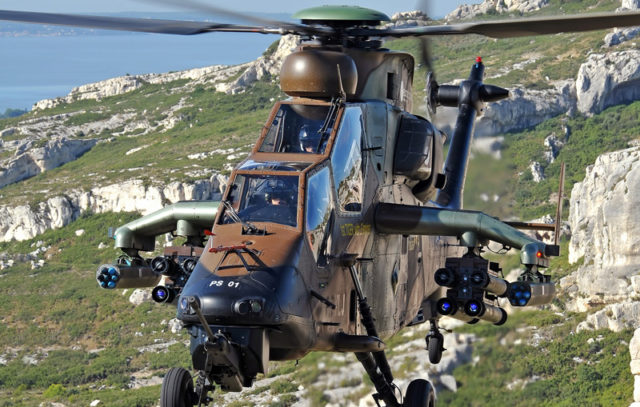
Sometimes when decisions do not work out exactly as intended, they work out just fine.
In the midst of Operation Protective Edge — Israel’s response to 182 Hamas rockets and mortars fired at Israeli towns and villages in the first week of July 2014 — the Obama administration accused Israel of “heavy handed battlefield tactics,” including the use of artillery instead of precision-guided munitions. U.S. President Barack Obama halted the supply of Hellfire missiles and announced that all military equipment supplied to Israel would be vetted individually in the White House, instead of shipped, according to prior agreements, by the Pentagon to Israel.
The President, it appears, had been reading wild press stories about the damage to Gaza — which ultimately turned out to be concentrated in areas in which Hamas was stockpiling munitions and rockets and conducting command and control operations, which included firing more than 2,700 rockets and missiles during the rest of July. Israel struck an UNRWA-administered school, prompting cries of outrage, but UNRWA later admitted that it covered up that Hamas had used the school for military operations.
The Hellfire decision was especially ironic because it is a precision munition, generally less broadly damaging than bombs dropped from aircraft. The Hellfire can be fired from airplanes, drones and helicopters.
Ironic, too, because the United States has used Hellfire missiles against terrorists — often without the permission of the countries in which the terrorists were killed. A Hellfire was used to kill Anwar al-Awlaki and Samir Kahn, American citizens, in Yemen. Al-Awlaki was designated a terrorist, and Kahn the editor of the al-Qaeda magazine Inspire, but U.S. law may have been violated by their assassination.
Israel carried the Hellfire on its Apache helicopters — and the story of Israel’s purchase of 42 Apaches is also one of difficulty. In 2009, the Obama administration blocked the delivery of six of the Apaches to Israel, on the grounds Israel might use them in Gaza. U.S.-Israel military cooperation on the Apache was made difficult and as Obama’s dislike of Israel and Israeli security policy increased, the Hellfire on the Apache became the White House target.
For this reason, Israel concluded that the U.S. under Obama was not a reliable supplier of either helicopters or missiles. After the 2014 operation in Gaza, Israel turned to the Israeli manufacturer Rafael, developer of the hugely successful and potent Spike anti-tank missile. Rafael was to adapt Spike technology to the Apache, while the helicopter retained Hellfire capability at the same time.
The decision was fairly easy, because Israel was already working on adopting the Spike to helicopters in Europe, where the Spike is a big hit. Spain has already installed the Spike ER version on its Eurocopter Tiger attack helicopters. Others in Europe and Asia are doing the same.
Israel’s Spike is superior to the Hellfire. It has longer range, making it safer to use against an enemy that possesses shoulder-fired surface-to-air missiles known as MANPADS. Since Benghazi, sophisticated MANPADS, including US-made Stingers (the same as were used in Afghanistan in “Charlie Wilson’s War”), have been smuggled from Libya and are now in the hands of terrorists including Hezbollah and ISIS.
The Spike features a non-line-of-sight firing capability, making it a more flexible weapon. But one feature of Spike that is entirely missing in Hellfire is that the operator can change target in mid-course or even destroy the weapon in flight if the target turns out to be wrong — a capability that is not trivial. During the Yugoslav war, NATO aircraft on a number of occasions hit targets that should have been aborted. One such incident occurred during an attack to knock out the Grdelica Bridge near Belgrade on April 12, 1999. When the missile was launched, the bridge was empty; when it struck some minutes later a civilian train was crossing and destroyed. On May 1, 1999 in Kosovo, NATO planes hit a bridge at Luzane where, again, a school bus came along after the missile was launched, killing many school children.
The Obama administration should never have cut off the sale of a precision weapon such as the Hellfire in the middle of battle. It was bad policy: it signaled the unreliability of the U.S. at that time as an ally. Worse yet, despite Saudi Arabia’s horrible bombing performance in Yemen, the U.S. continues to sell the Saudis billions of dollars’ worth of weapons, and has stepped up shipments of munitions. So Israelis have reason to believe that America failed her at a moment when it counted.
But there is a silver lining. The Spike is a better option than the Hellfire and safer to use, which is why 25 nations now use the missile and 25,000 or more have been produced.

